Designed for kindergarten - 2nd grade
$4 per student
The imagination of your budding young scientists will be captured as they explore the wonders of germination and plant growth. We investigate plant life cycles through models and dissection. Scientific observations are conducted and results are communicated. Outdoor exploration of the plant world reinforces student understanding of plant parts, functions, and roles in the watershed. Students select appropriate tools for planting seeds and provide care for their seeds.
Target SOLs for the field investigation.
Science (2018): K.1, K.3, K.5, K.6, K.7, K.9, K.10; 1.1, 1.4, 1.7; 2.1, 2.4, 2.5, 2.7, 2.8
Math (2023): K.NS.1, K.PFA.1, K.PS.1 ; 1.NS.1, 1.PFA.1, 1.PS.1 ; 2.NS.1, 2.PFA.1, 2.PS.1
English (2024): K.C.2, K.FFW.1, K.LU.1, K.R.1 ; 1.C.2, 1.FFW.1, 1.R.1 ; 2.LU.1, 2.R.1
Field investigations are more meaningful to students when they are integrated into their curriculum. Let's Sprout is one of our most popular programs, and fits extremely well with the mission and grounds of Blandy. While we considered creating a cluster of activities for before and after your field investigation, our experiences have shown that many teachers have already curated supporting school-based lessons and units. Therefore instead of developing lessons for before and after the field investigation at Blandy, we recommend several texts and associated activities to enrich your students' experience.
Field Investigations
During your field investigations for our Let's Sprout program students explore and observe plants and their habitats at the Arboretum to learn that plants go through a life cycle, have life needs, and similar parts.
Below is an overview of the “standard” program activities to assist you with integrating this field experience into the classroom experiences. This will change due to weather, the volume of students, or communication with environmental educators. Click here for a sample schedule (will vary depending on the number of classes).
Plant Parts ("Fred") - Using a mop plant model, we explore plant parts and functions and discuss the plant life cycle.
Seed Parts, Functions & Seed necklace - Students dissect a bean seed and use a magnifying tool to examine seed parts and functions and make inferences about seed parts. Students make a seed necklace to observe and watch seeds germinate.
Pollination exploration – Students use their observation skills and magnifiers to find and draw/label plants on whiteboards. Student investigations of flowers, pollination, and insects as they examine gardens for all parts of a plant’s life cycle.
Seed Planting and book- Students use tools to plant seeds, discuss seed life needs. Book reading as time allows for a literacy connection.
VA Standards Addressed
Science (2018): K.1, K.3, K.5, K.6, K.7, K.9, K.10; 1.1, 1.4, 1.7; 2.1, 2.4, 2.5, 2.7, 2.8
Math (2023): K.NS.1, K.PFA.1, K.PS.1 ; 1.NS.1, 1.PFA.1, 1.PS.1 ; 2.NS.1, 2.PFA.1, 2.PS.1
English (2024): K.C.2, K.FFW.1, K.LU.1, K.R.1 ; 1.C.2, 1.FFW.1, 1.R.1 ; 2.LU.1, 2.R.1
Literacy Resources and Suggested Activities
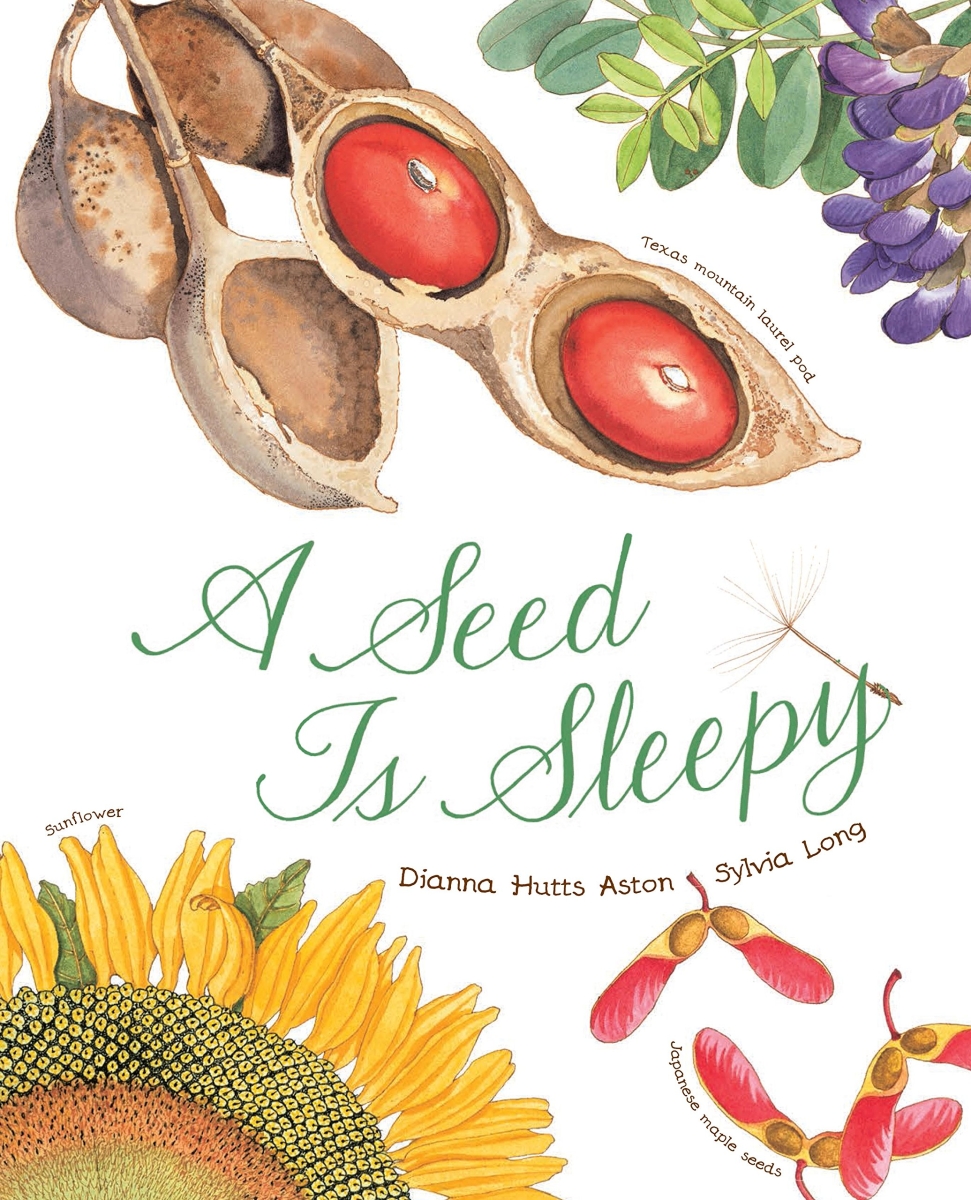
- Create a seed collection: have students bring seeds from home (hint, look in the kitchen!), look for seeds in the schoolyard, or ask permission to collect seeds in a public place. Sock Seeds are a fun way to collect.
- Use the seed collection or mixed packets of seeds to sort and classify the seeds based on physical characteristics like size, color, texture, and shape.
- Try sprouting the seeds from the collection of packets. Set up basic experiments that adjust variables like light, water, soil, and temperature and have students take measurements over time. Record the stages of the plant's life cycle.
- Additional lessons can be found at the National Agriculture in the Classroom site.

- Connect to seasonal cycles and plant/animal life cycles sprinkled through the book (tomato hornworm, robin) – more info at the end of the book. Create an annual wheel, each student makes the life cycle stages of an organism and puts the different stages on the different seasons.
- Explore outside. How many of the creatures mentioned in the book can you find? Where should you look for them? Does your schoolyard have everything they need?
- Create above/below terrariums from two-liter bottles. Make sure you meet all of the life needs of your inhabitants!

- Guided Reading suggestions from achievethecore.org
- Kindergarten level read-aloud plan (PDF)
- Second-grade level plan (PDF)
- Explore outside and make collections (or take photographs) to make a life cycle collage.
- Look for patterns and symmetry in the images of the plant parts.
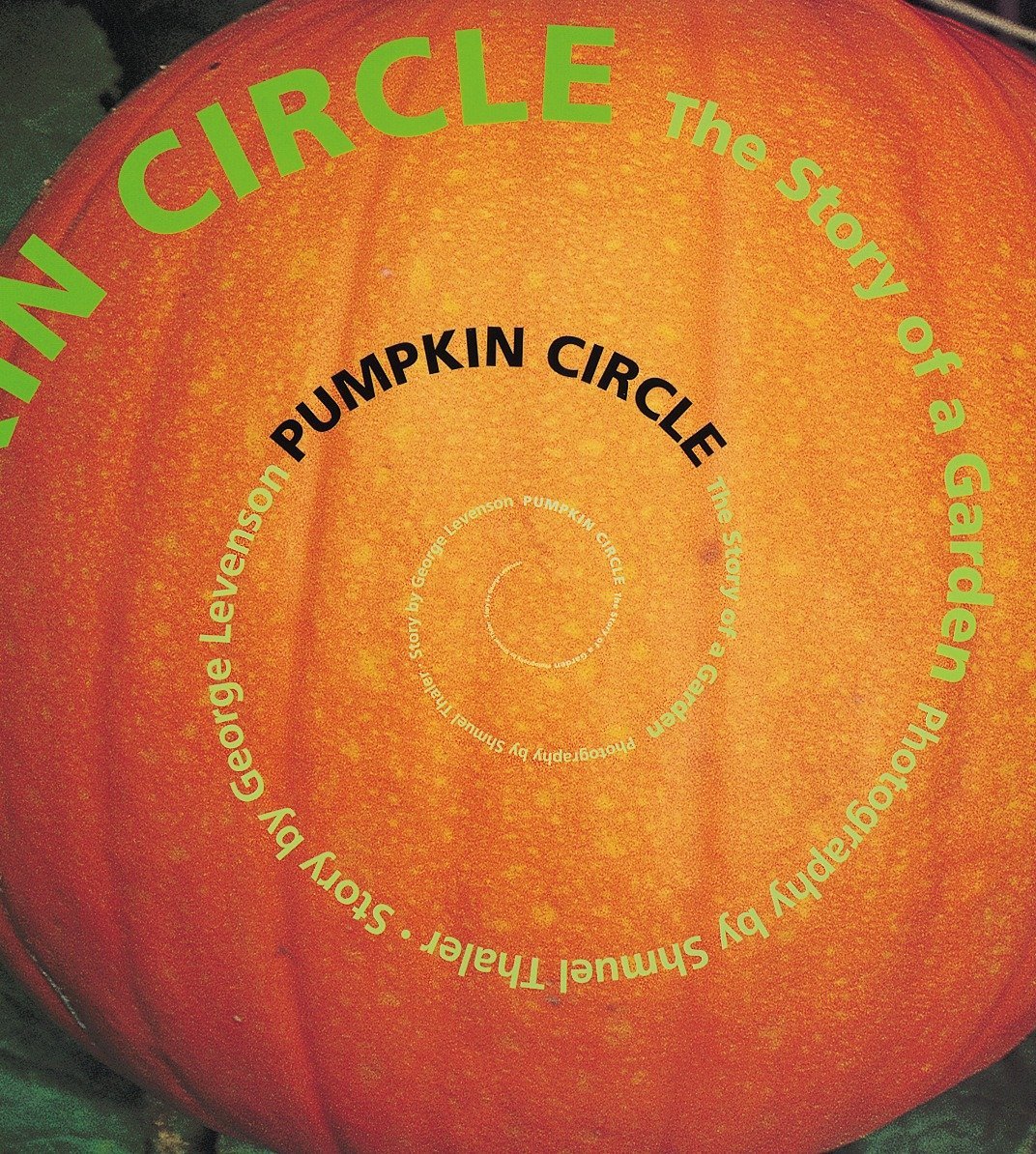
- Explore (video) decomposition as part of the life cycle with “The Case of the Missing Pumpkin (PDF)” from National Agriculture in the Classroom. (We do recommend watching actual decomposition, *outside*, and then letting students take the seeds home or planting them at school.)
- Pumpkins can be hard to grow and take up a lot of space. Instead, create a "growing" diagram of student understanding in the hallway. Add student-created pumpkin plant structure (vining stem, leaves, flowers, fruits) that demonstrates their learning and models the pumpkin life cycle. (PDF)
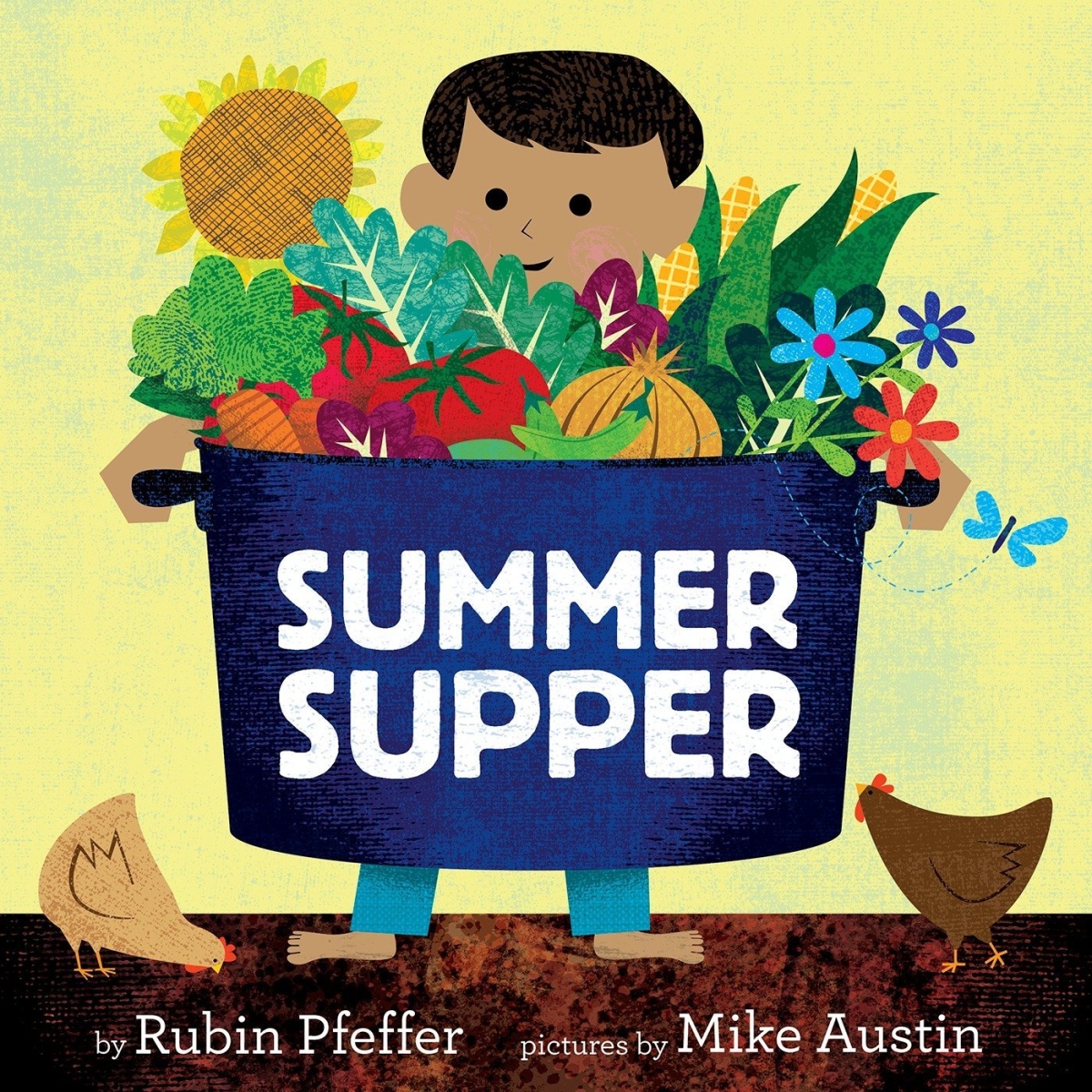
- Students watch an adult making a meal (in person, or a video) and make a list (written or picture) of all the ingredients. Engage in a class discussion of the ingredients. Which ones come from plants? What part of the plant? Cut out and sort the list based on parts, beginning sounds, ending sounds, etc. What do plants need to grow? While reading, identify the plant life needs. What about people's life needs?
- Click this link for the National Agriculture in the Classroom "Edible Plant Game"
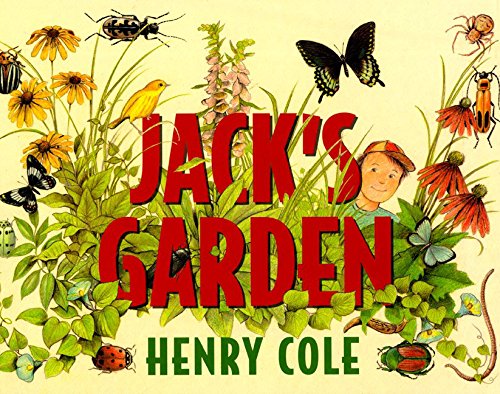
- Story retell to work on sequencing in a story (click for lesson)
- Conduct a seed sort: search for different seeds around your home and bring them in for a show-and-tell learning activity. Describe the seed's physical characteristics and sort based on those properties. Biggest to smallest? Make a rainbow? Who brought the same seeds? Click here for additional suggestions.
- Make an ecology web. Many organisms are listed in this book. How are they connected?
- Do you have a garden at home? There can be many, many different types of gardens. Some for food, some for pollinators, some to look at. They can be in the ground or in pots. They can be outside or inside. A garden is a collection of plants that a human cares for. What are your garden experiences? What surprises have you experienced?
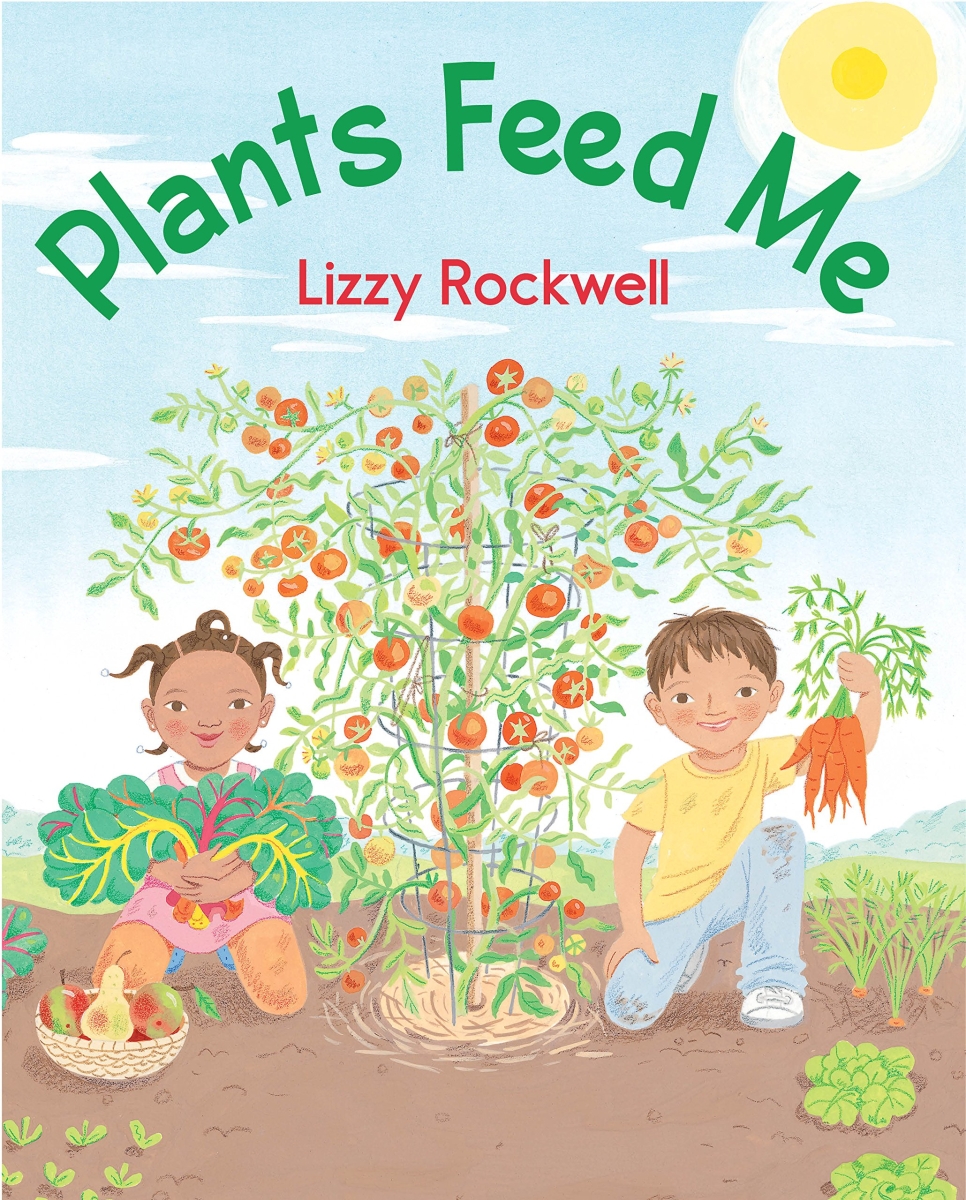
- The National Agriculture in the Classroom website lists several lessons that could work well with this book! One of theirs not listed on this page, this link to Edible Plant Game, could also work well.
- Life cycle activities listed at We Are Teachers may fit well with this text.

